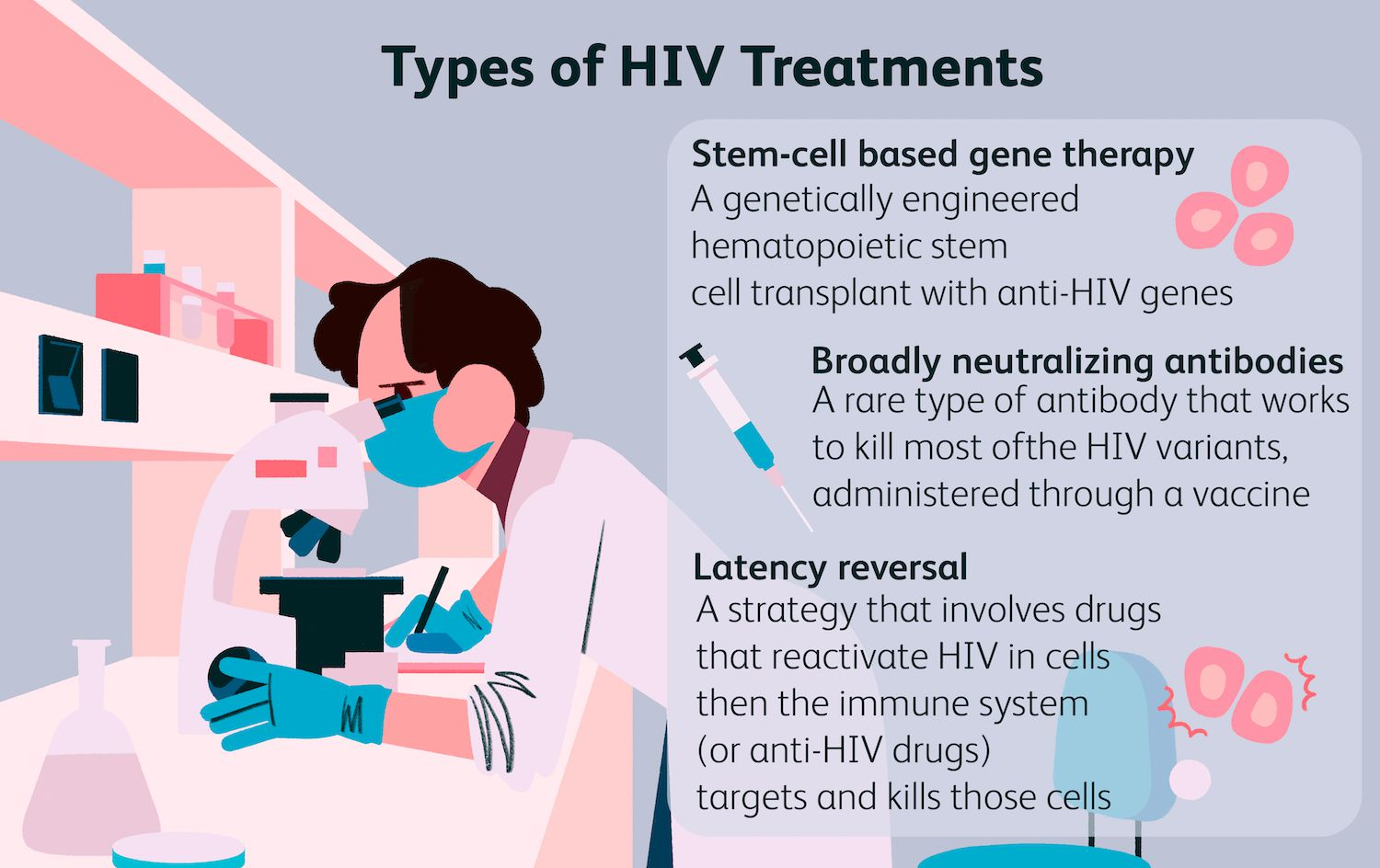Important Facts For Prelims
Developments in HIV Vaccine Research
- 17 Jun 2024
- 5 min read
Why in News?
Despite 4 decades of effort, traditional vaccine approaches have been unable to prevent HIV acquisition because the virus mutates rapidly and hides from the immune system.
- Experts believe that more sophisticated vaccine strategies will be necessary and that the research and development process will take some more time.
What is the Traditional Vaccine Approach against HIV?
- About:
- It refers to the development of vaccines that aim to prevent infection from the human immunodeficiency virus (HIV) using conventional methods such as inactivated or weakened forms of the virus, viral subunits, or other components that elicit an immune response.
- These approaches typically involve stimulating the body's immune system to recognize and attack HIV, thus preventing infection or reducing the severity of the disease.
- It teaches the body to fight off new invaders.
- Failure of Traditional Vaccine Approach Against HIV: This approach has failed for HIV due to the following reasons.
- Lack of Natural Self-Defence in Body: Unlike other viruses, most of the human bodies don't build good defences against HIV on their own.
- Rapid mutation: HIV has parts that mutate often, like a shape-shifter. Vaccines target these parts, but by the time the vaccine is ready, the virus has already changed its shape.
- Extreme viral diversity: HIV has a vast pool of circulating variants, making it difficult to target all strains.
- Complex immune response: A successful vaccine needs to stimulate both antibody and cellular immune responses against a rapidly changing virus.
What is the Progress in the Development of Effective HIV Vaccines?
- Broadly Neutralising Antibodies (bNAbs): It is a kind of antibody, which could neutralise a large number of circulating viral strains.
-
Germline Targeting Approach: It uses a series of vaccines to encourage the development and multiplication of specialised precursor B cells that have the make bnAbs.
- It identifies and matures B-cells into bNAb-producing cells against HIV to neutralise a wide range of HIV strains.
- Other Vaccines:
- N332-GT5 Immunogen: To train B cells to produce a different powerful antibody called BG18.
- MPER-Targeting Vaccine: It targets a more stable region of the HIV envelope that doesn't mutate as frequently.
HIV (Human Immunodeficiency Virus)
- HIV/AIDS is a chronic and potentially life-threatening condition caused by the human immunodeficiency virus (HIV) which targets the immune system, making individuals more susceptible to infections and diseases
- HIV attacks CD4, a type of White Blood Cell (T cells) in the body’s immune system.
- T cells are those cells that move around the body detecting anomalies and infections in cells.
- After entering the body, HIV multiplies itself and destroys CD4 cells, thus severely damaging the human immune system. Once this virus enters the body, it can never be removed.
- Related Initiatives: The HIV & AIDS Prevention and Control Act, 2017, Project Sunrise, 90-90-90, The Red Ribbon, Global Fund to Fight AIDS, Tuberculosis and Malaria (GFATM).
Prevalence of HIV-AIDS
- It is estimated that globally 39 million persons are living with HIV (Human Immunodeficiency Virus). In India the figure is 2.4 million.
- There were 1.3 million new HIV infections in 2022 globally and 63,000 in India.
- In 2022, 650,000 persons died due to these conditions globally. In India, AIDS caused 42,000 deaths. Many of these opportunistic infections are preventable and treatable.
Read more: ART’s Intervention in HIV/AIDS Treatment, Human Immunodeficiency Virus, UNAIDS Report: Progress & Challenges in HIV/AIDS Fight
UPSC Civil Services Examination Previous Year Question (PYQ)
Q. Which of the following diseases can be transmitted from one person to another through tattooing? (2013)
- Chikungunya
- Hepatitis B
- HIV-AIDS
Select the correct answer using the codes given below:
(a) 1 only
(b) 2 and 3 only
(c) 1 and 3 only
(d) 1, 2 and 3
Ans: (b)





